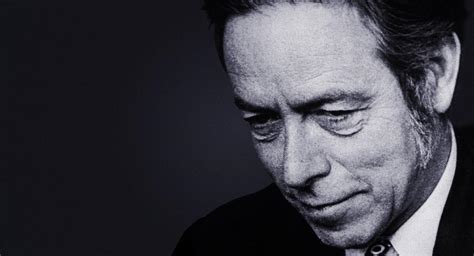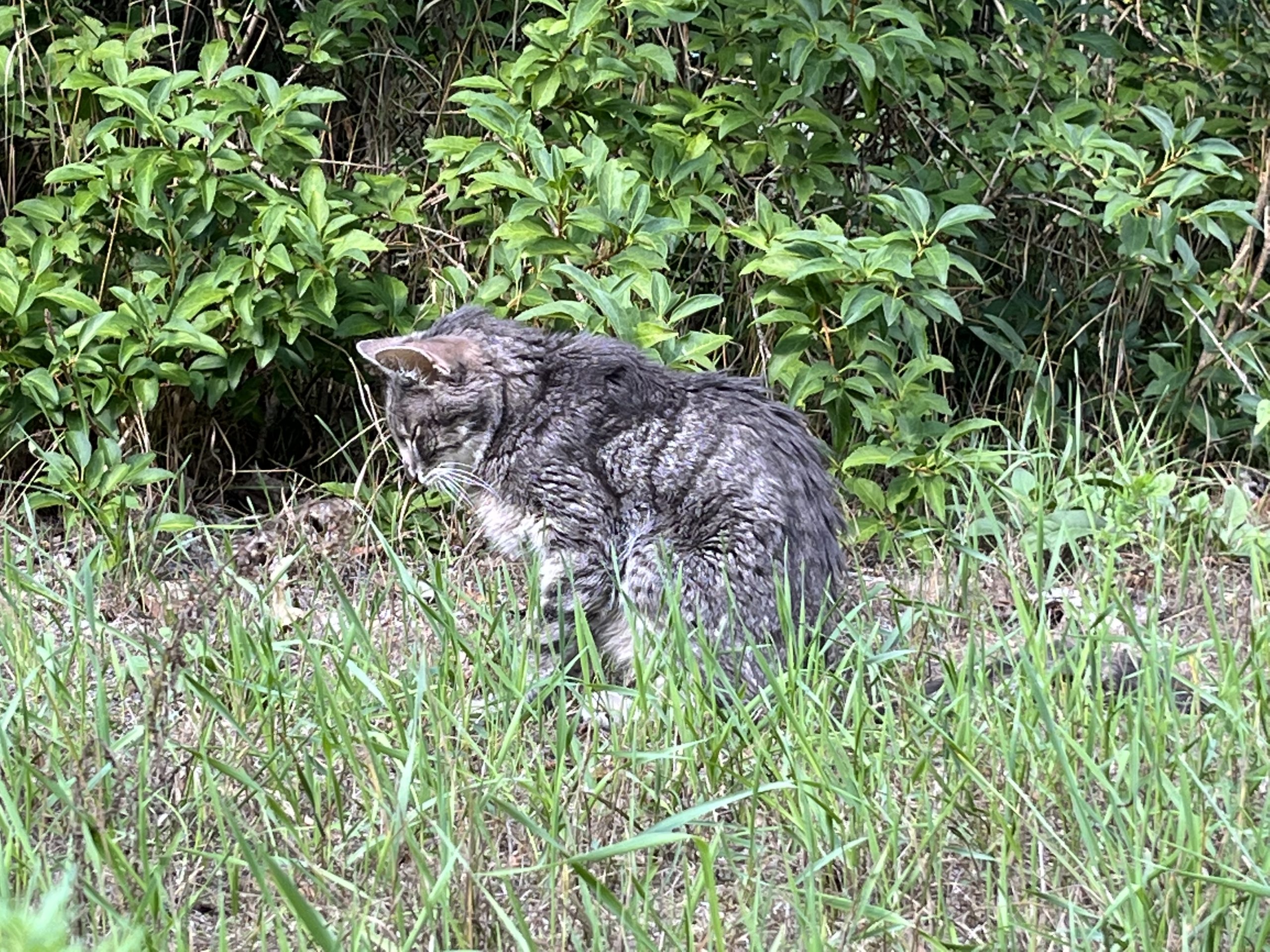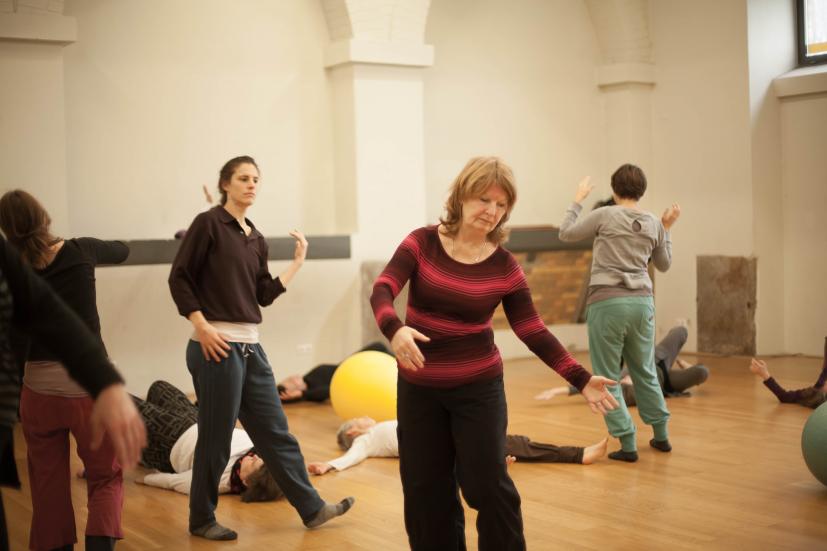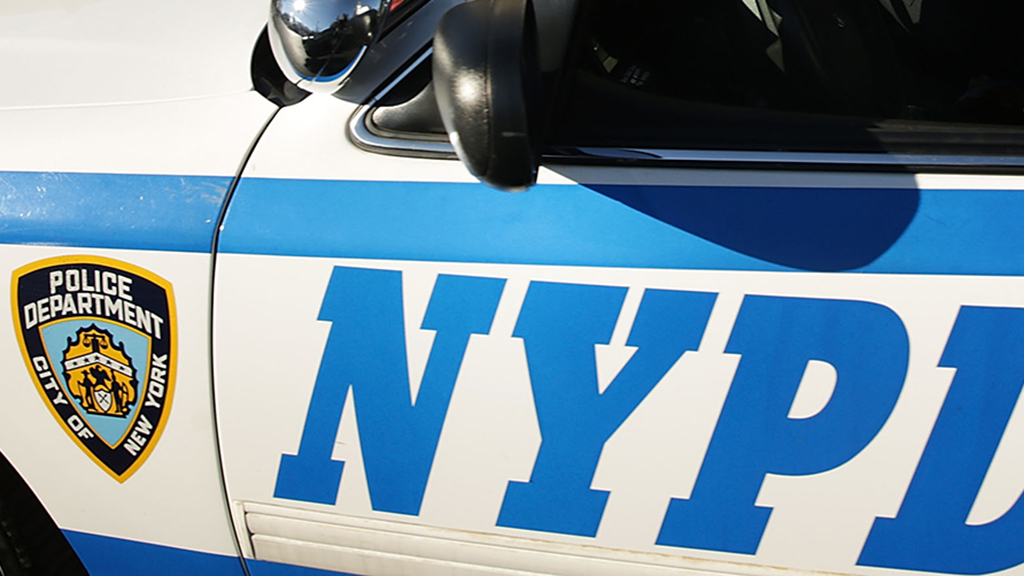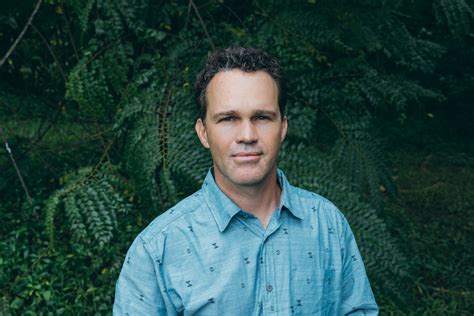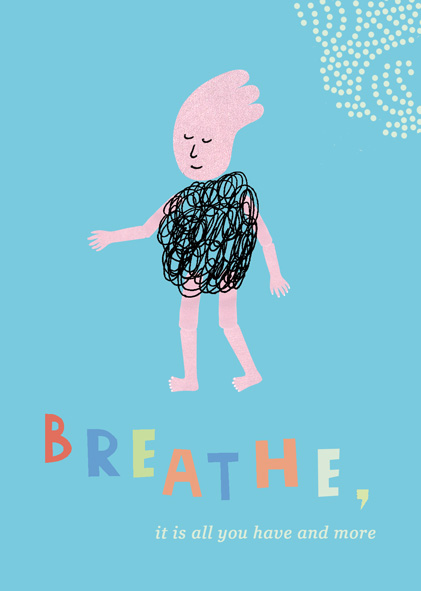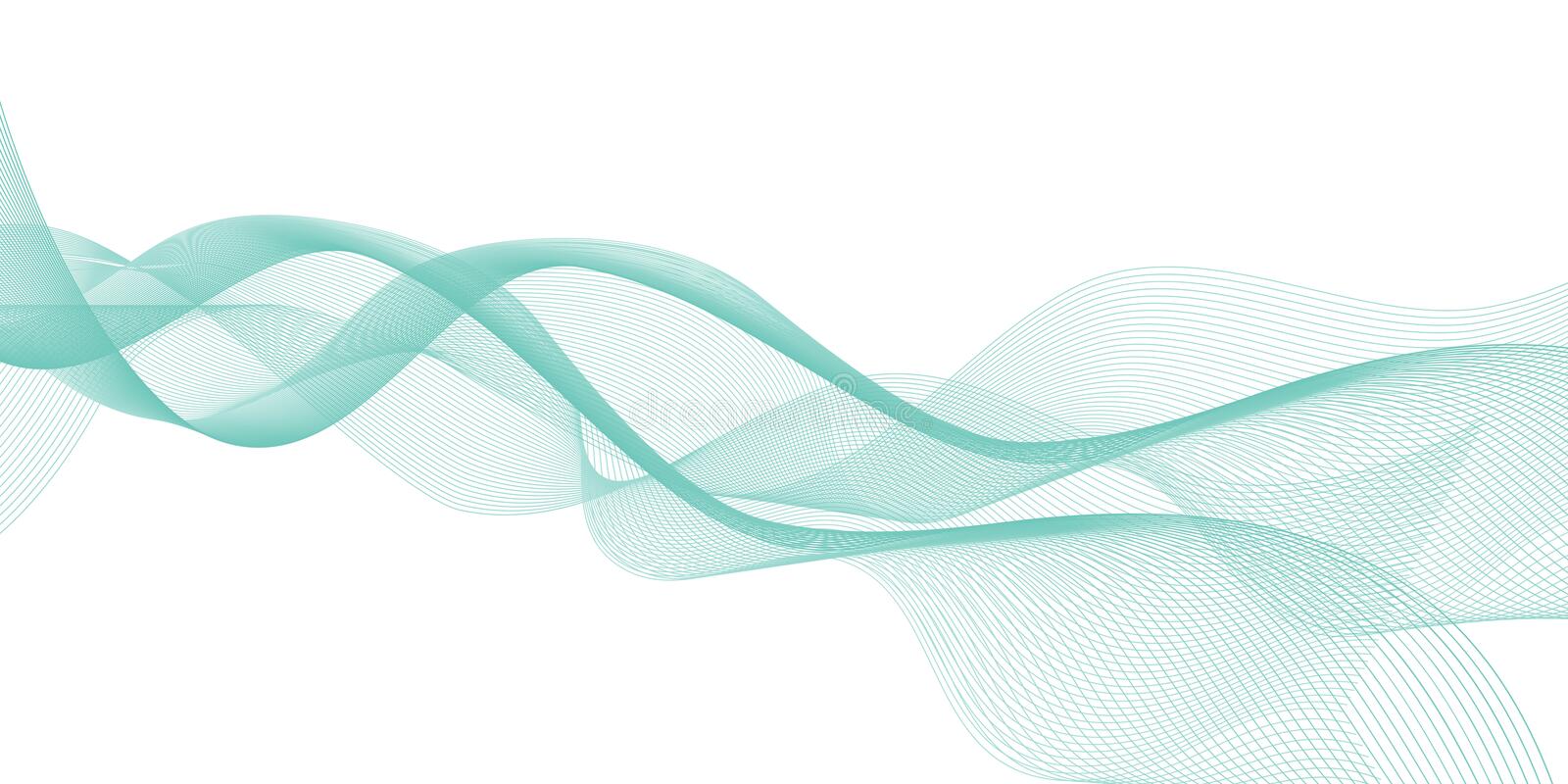By virtue of a Facebook feed, I’ve become re-acquainted with the work of spiritual philosopher Alan Watts. Every day I now see a post by Alan Watts fans. I was particularly struck by how succinctly Watts described the continuous nature of our inner and outer environments, most palpably perceived through breathing. We do not only breathe in air but our whole environment in that we receive it consciously or unconsciously, and we do not only breathe out air but our whole inner environment in that we consciously let it go or it unconsciously leaves us. It is a matter of influence, of flowing into something. Everything without us is flowing into us, and everything within us is flowing into what is without.
Alan Watts’s quote also acts as a continual reminder that our natural environment as humans, as mammals, is nature, and it is strange to remember, writing on my laptop, that we are nature ourselves.
Category: Breath Diary
Now I breathe with no one
When my long time friend and cat partner Mr T got a diagnosis of colon cancer in January this year, he embarked on a long journey towards the end of his life. I accompanied him with the help from a naturopath and animal communicator. Mr T died naturally at age 16.
I had watched his breathing closely, especially during the last months to assess whether he was in pain and needed medication or how he was doing in general. In his last days, while his body was getting colder and stiffer, his breathing remained calm and regular. While he looked as if he were already dead, his breathing seemed like a miracle, a secret of life.
Read MoreThe world is a moving place
In November 2019, I was at the Body IQ Festival at the Somatic Academy Berlin with a host of international movement experts like Dr Martha Eddy and Trude Cone. The workshop that spoke to me the most was Moving Thought: The hidden choreography governing our lives by Trude Cone, a Body Mind Centering Practitioner and Neuro-physiological therapist based in Amsterdam.
In her Moving Thought choreography, I and the other participants huddled together in a tight group, then separated to spread out in the room, came together again, intermittently changing speed and direction. We then formed small groups and continued in this way. Trude explained that the way we were moving mirrored the movement of cellular life.
Read MoreThe diaphragm law
I recently discovered the term „the diaphragm law“. The „diaphragm law“ was introduced after the George Floyd incident, prohibiting the New York Police Department officers from exerting pressure on the suspect’s torso. This law was then contended, wrote Alicia Vikander in the “New York Latest News” in 2021.
This is definitely the strangest way of featuring breathing anatomy or of recognizing how breathing works, I’ve come across. (The syntax in the article is, in part, unintelligible, I’m posting it as is):
“New York (CBSNewYork / AP) — Judge broke banned law NYPD Officer from Pressure on the suspect’s torso While arrested, he calls it “unconstitutionally ambiguous.”
Judge Lawrence Love of Manhattan wrote in a 17-page opinion that the wording of the law was passed after the killing by the Minneapolis police. George Floyd, Difficult to define and confusing.
The ruling of Love was filed in a proceeding filed by a police union that opposed a law called the “diaphragm law” because it prohibited police from detaining people “in a way that squeezed the diaphragm.”
Ai, in his opinion, said such a phrase “cannot be properly defined as written.” He rejected the city’s proposal Just remove those words from the law, He said he would not take the role of city council member.
Union lawyers said removing the line made the law even more ambiguous, for how long, no matter how much pressure it put on the suspect’s chest, kneeling, or standing. Affects a person’s breathing.
Instead, the judge urged the city council to review the law and address language issues. Last year, a bill to amend the law was issued in protest from the police union, but it seems to be stuck. New York City law was one of many police reforms enacted nationwide in the wake of Floyd’s death when Minneapolis police officers knelt on their necks for about nine and a half minutes.
The New York City Legal Department, which defended the law withdrawn in court, said it was “considering its legal options.” The law also prohibited the use of strangler figs by police officers. The love ruling has nothing to do with the long-standing NYPD ban on tactics. Strangler figs are also illegal under state law.
A message asking for comment was left to the police station and the police union that filed the law.
In the past, Police Charity President Patrick Lynch described the “diaphragm law” as a legislative overkill against all training.
Ai, in his ruling, established new training procedures and overall restrictions on NYPD sitting, kneeling, and standing on a person’s chest or back, but the department’s training material also “diaphragm.”
(© Copyright 2021 CBS Broadcasting Inc. All Rights Reserved. The Associated Press contributed to this report.)
Zen Fox
It’s spring again and I want to share this picture from Roeselien Raimond’s Zen Fox series.
Let’s join this inspired fox and lift our heads to take in the fresh scent of spring.
In vibration with every other organism
I’d just had a discussion with my best friend Sivan about what differentiates humans from animals and we couldn’t really come to a satisfactory conclusion. A day later, in my inbox I find Zac Bush’s podcast with Aubrey Marcus in which, Zac Bush talks about this topic (around minute 50). As always, his words were thought-provoking and inspired me in my reflection about breathing:
„The entire brain is a manifestation of sensory input and output. And so the brain, our whole neurological system is there so that we experience our environment. And that experience does not happen in the grey matter in our head. Experience is a peripheral event, so it’s really the interaction of our skin or the surface of our eye, or the vibration of our tympanic membrane in our ear, that is where this experience is happening. We have this extraordinary ability as humans, and this is, I think, what separates us from animals, to divorce ourselves from this experience. And this is the tragedy of the human intelligence, that the grey matter in our head has such a power to reorganise the data that’s coming into it – it’s the ultimate CPU chip, that central processing unit you would have in your computer on your desktop – that grey matter has such an ability to reorganise and find new patterns of belief, or patterns of existence, that it forgets its origin, it forgets the initial data that came in.
Read MoreBreathe, it is all you have and more
In my late twenties I wrote a poem named „Old woman giving advice to a young woman on how to live life fully“. On rediscovering it, I found this advice on breathing: „Breathe, it is all you have and more.“ What reads like an aphorism, written long before I became a breath teacher, makes me wonder where I got this idea from. Like many aphorisms, the meaning, or the message, is clear and yet, every time I think about it, I have the feeling that, actually, it eludes me. It’s a bit like the breath itself, clearly happening as I’m writing this, for example, and a mystery at the same time.
Read MoreWhy am I so afraid to be me?
“Why am I so afraid to be me?” is a perfect question for our time, I think.
I found it in Dr. Zach Bush‘s introduction to a webinar on the heart, which focuses on education on the vascular system and heart health.
“Why am I so afraid to be me?” could also read “What keeps me from truly engaging with myself?” or “Why don’t I listen to my heart?”
Physically the heart and the lungs work together, interdependently and whatever affects the heart affects the breath as well, and vice versa. But they also work together in terms of how we are in the world. Actually, we are in a state of constant connection, and yet we seem to miss that connection and yearn to experience it. To me, it’s heartwarming and inspiring to hear a medical doctor speak about this in a fully holistic and embodied way:
Read MorePneumatron
After having had a cold recently, I went to have a cupping treatment. Cupping is one of the best ways to clear mucus in the upper as well as the middle airways and it’s helpful at the onset, during or after a cold or cough.
Fortunately, my naturopath has a cupping machine called Pneumatron. The Mercedes of cupping machines, so to speak. “Pneumatron” is an excellent name for it, meaning “electronic breath”, pneuma “breath” and the instrumentive suffix –tron “having to do with electrons or subatomic particles”. With the pneumatron, cupping works like breathing, in that the mechanism intermittently creates “a negative pressure through a stretch stimulus which is followed by a relaxation phase with atmospheric pressure.” It thus increases circulation, the movement of all fluids, and supports metabolism.
Read MoreDeep peace of the flowing air to you
Last year I took part in a poetry chain mail, sharing poems that help us through difficult times. My friend Mina Haeri, an acupuncturist in London, kindly contributed the following Gaelic blessing:
Deep peace of the running wave to you
Deep peace of the flowing air to you
Deep peace of the quiet earth to you
Deep peace of the shining stars to you
Deep peace of the gentle night to you
Moon and stars pour their healing light on you

